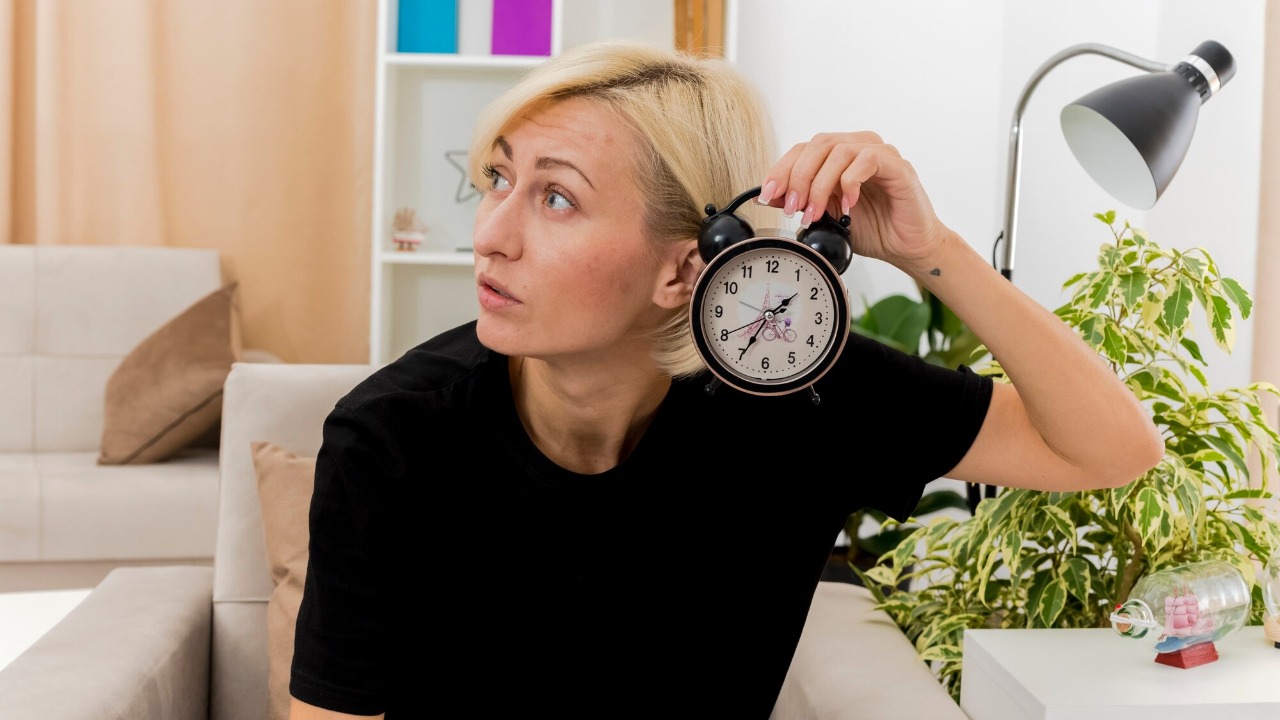
As the clocks fall back an hour, our bodies experience subtle disruptions that can have significant impacts on our sleep and overall health. This shift, more insidious than the spring forward, can lead to sleep wreckage in the week following the change, particularly due to its timing just before the official adjustment. The challenges of insomnia during Daylight Saving Time transitions are well-documented, and experts have offered strategies to realign sleep schedules.
Disruption to Your Circadian Rhythm
Our biological clocks can become misaligned when external time shifts backward. This sudden extra hour can confuse hormone regulation, including the production of melatonin, the hormone that regulates sleep. The body typically takes 3–5 days to adjust to the perceived “later” sunset, a period during which it resists the time change (Lowell Sun). This adjustment period can be particularly challenging for certain individuals based on their age and lifestyle. For instance, shift workers face amplified challenges during this fall transition due to their already irregular sleep schedules.
Sleep Quality Decline After the Change
Following the fall back, many people experience fragmented sleep patterns, including increased awakenings due to the body’s lingering summer-aligned rhythm. This can lead to a condition known as delayed sleep phase, where bedtime feels unnaturally early (Yahoo! News). Additionally, short-term insomnia symptoms like difficulty maintaining sleep can surface, tying into broader Daylight Saving Time insomnia discussions (Cleveland.com).
Energy and Alertness Fluctuations
The mismatched light exposure resulting from the extra evening hour can lead to daytime fatigue, despite the potential for more sleep time. Cognitive impacts, such as reduced focus and slower reaction times, are also common in the days following the adjustment. Experts have suggested combating these dips in alertness with light therapy techniques for realignment, which can help reset the body’s internal clock.
Mood and Emotional Effects
The disruption to our circadian rhythm can contribute to irritability and low mood, exacerbated by the fall back’s timing in shorter daylight months. This time shift can subtly intensify feelings of lethargy, linking to seasonal affective patterns. Sleep specialists recommend maintaining consistent routines to buffer emotional swings and stabilize mood during this transition period.
Physical Health Ramifications
The irregular sleep patterns following the time change can put elevated stress on the cardiovascular system, potentially increasing heart strain during the transition week. Poor recovery sleep can also lead to dips in immune function, making the body more susceptible to minor illnesses. Furthermore, the overall body response to the hour shift can trigger metabolic changes, like altered appetite hormones, which can further disrupt our health and wellbeing.
Practical Steps to Ease Adjustment
Experts suggest several strategies to ease the transition. Gradual pre-adjustment strategies, such as shifting bedtime earlier in the week before the change, can help the body adjust more smoothly. To fix sleep wreckage, consider avoiding screens and optimizing bedroom conditions right after the clocks fall back (Yahoo! News). If sleep still eludes you, relaxation techniques can help, but persistent issues may require professional help (Women’s Health).
Longer-Term Sleep Schedule Protection
Maintaining a stable routine year-round can minimize future transition disruptions, building resilience against Daylight Saving Time shifts. Monitoring tools like sleep trackers can help identify personal patterns affected by the fall back. Holistic habits, such as diet and exercise timing, can support sustained circadian health beyond the immediate change, ensuring that your body is better prepared to handle the subtle disruptions of the clocks falling back.
More from MorningOverview